
Bring Your Own Meeting: Wirelessly
Technology specialist, Pereira Wilson, takes a deep dive into five BYOM solutions that cut the cord.
Review:/ Pereira Wilson
In response to changing workplace dynamics, many clients are dealing with flexible furniture and multipurpose spaces, or they simply want fewer cables cluttering up their meeting tables.
This shift has driven an increase in the functional requirement known as Bring Your Own Meeting (BYOM) which allows connection to in-room microphones, cameras, speakers and displays while hosting video conferences on a user device. BYOM solutions can be standalone or in addition to room-based systems such as Microsoft Teams or Zoom Rooms.
After our previous revelatory write-up on the range of available BYOM options, Pereira Wilson was interested in diving deeper into the solutions that ‘cut the cord’ so to speak and offer wireless BYOM.
Over a number of weeks, we have taken a closer look at a number of available wireless BYOM solutions and uncovered some valuable findings. Each solution provides wireless Bring Your Own Device (BYOD) content sharing as a given, but it was the conferencing capability that we were really focusing on during testing.
While there are several product variants offered by most manufacturers, as well as solutions from others that we did not get to include (eg. Airtame Hub and Mersive Solstice), the five specific devices we got our hands on are compared in the table below.
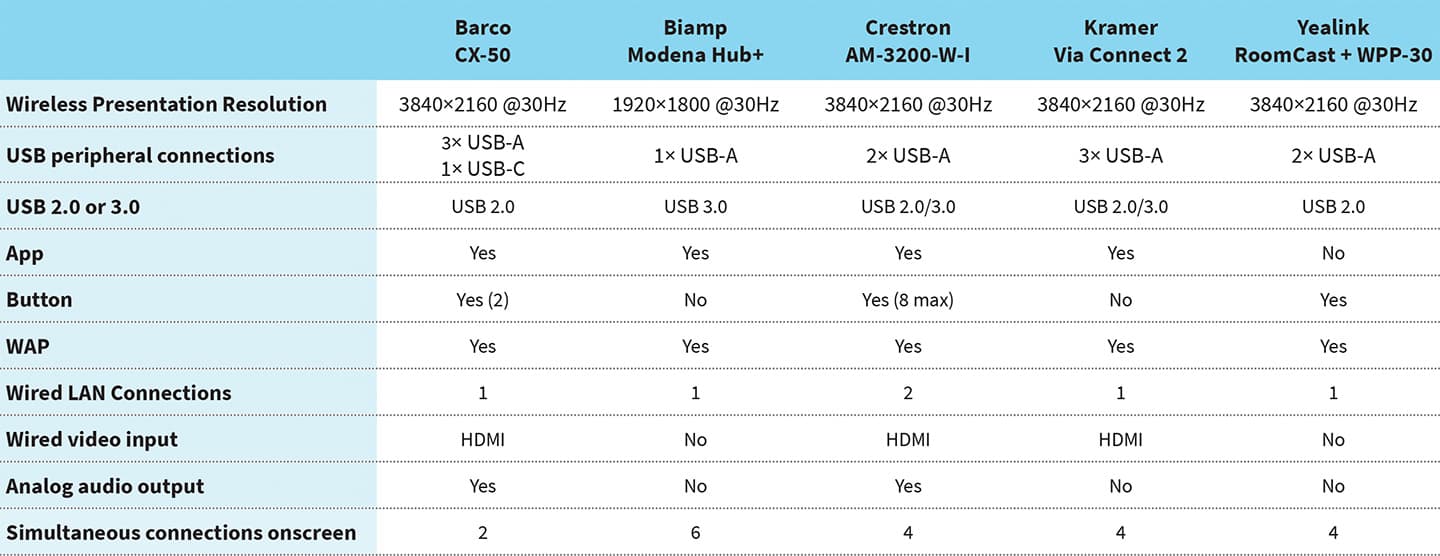
In addition to the minor differences in tech specs above, a few key features or differentiators were revealed upon closer review. We share these now in a quick-fire format.
Barco Clickshare CX-50
The Clickshare range has led the market in this space and its button-based solution is well known and highly adopted as a result. Barco provide robust wireless solutions with range of products to suit different scales including the recent release of the CX-50 Gen2. Their XMS management platform allows device management and support.

Biamp Modena Hub+
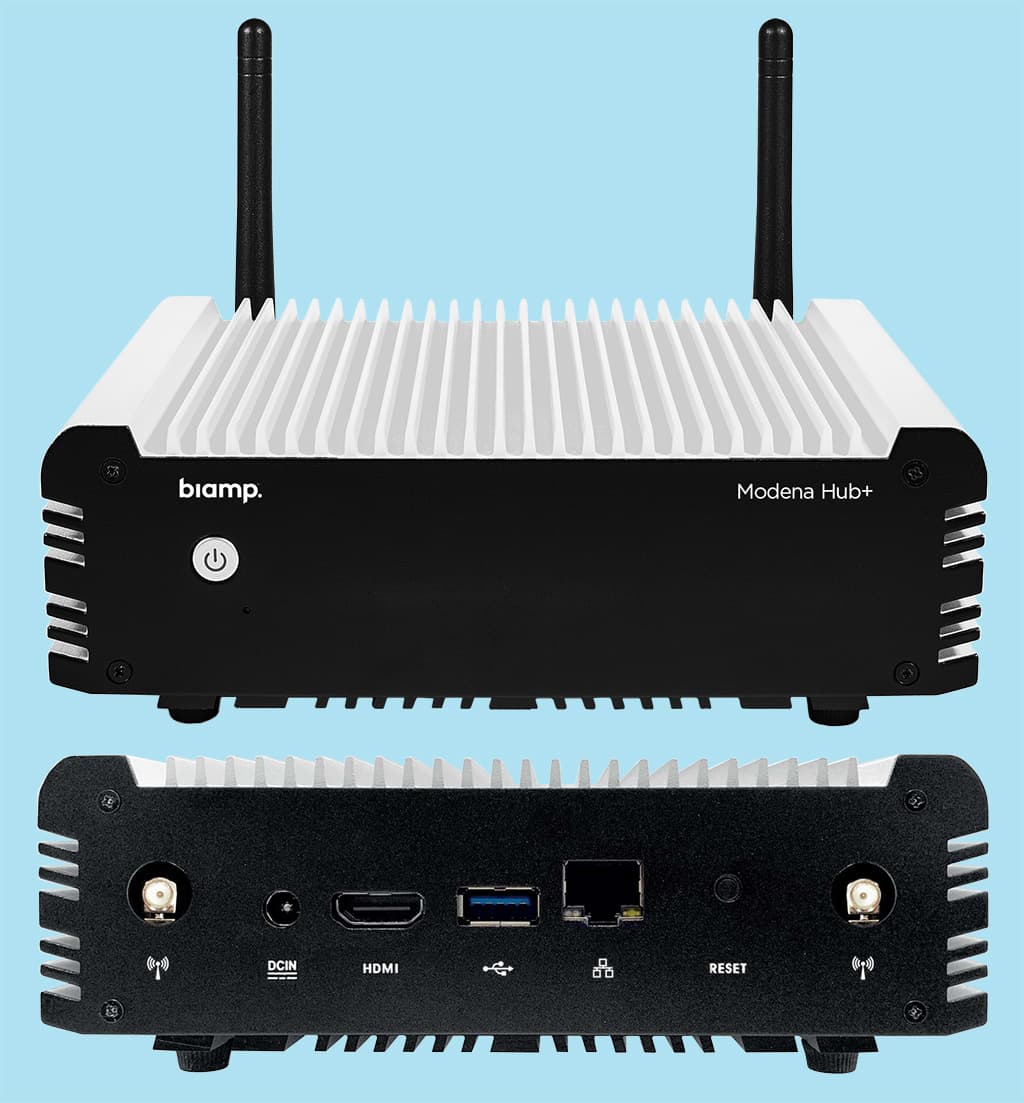
Biamp provides a range of products in the Modena range to suit different needs and environments. One of the coolest things about Modena is the unique ‘share back’ functionality where content can be shared not just to the room display but to any user device connected (up to 150 participants). We see this being hugely useful in learning studios, labs or venues with challenging viewing requirements.
Jands: jands.com.au
Crestron AirMedia AM-3200-W
Crestron AirMedia is popular for its integration with other Crestron products and tools such as XiO Cloud. After much anticipation, Crestron also have a button solution to streamline wireless presentation but wireless conferencing via the button is not yet available – it is advertised for implementation via future updates.
Crestron: crestron.com
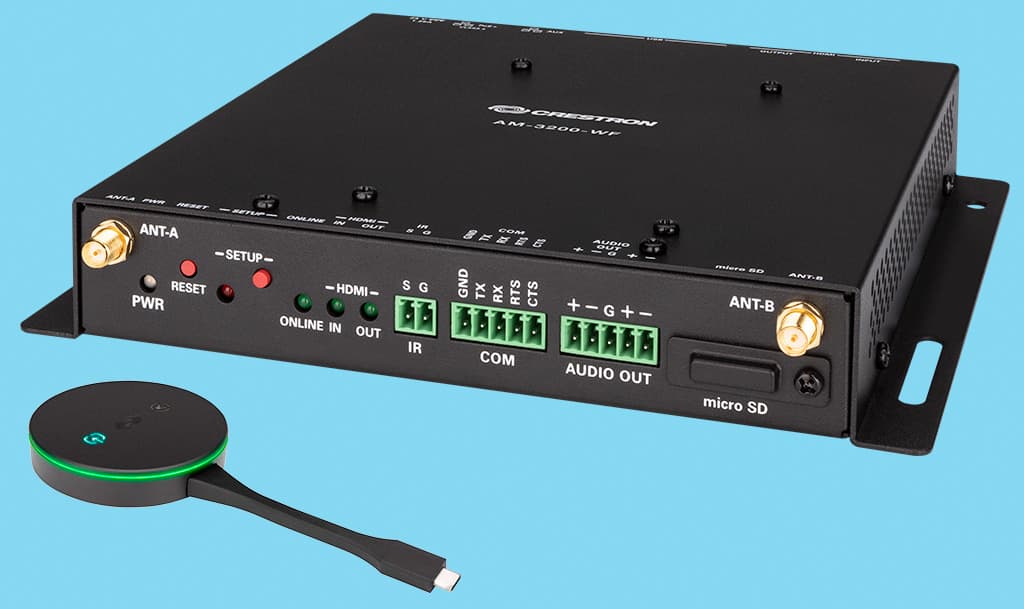
Kramer VIA Connect 2

The Via comes in the smallest form factor of all devices we’ve evaluated and also provides a tiered range of products with an apparent focus on education applications.
Kramer: kramerav.com
Yealink WPP-30 and RoomCast
Possibly the simplest out of box setup with easy plug-and-play connection. The caveat to this is the USB-A will only provide conferencing peripherals. For wireless conferencing and display via a single cable the USB-C connection must be used.
The affordable WPP-30 can be used with a range of Yealink conferencing bar appliances(we tested this in conjunction with a Yealink A30) but must be paired with a RoomCast hub if third party peripherals are used.
MadisonAV: madisonav.com.au
Bluechip IT: bluechipit.com.au
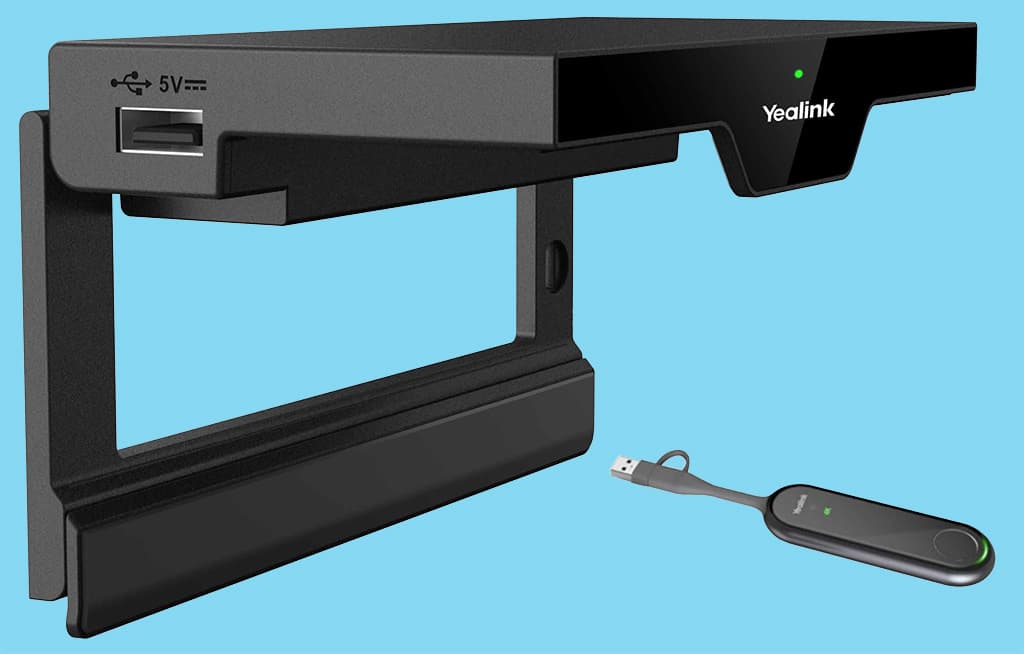
BENCH TESTING
Beyond the spec sheets, we were particularly interested in the transmission latency introduced from a) peripherals via wireless gateway to laptop, and b) laptop video via wireless gateway to display, and the effect this would have on video conferencing.
For testing purposes, we connected the same laptop directly to the wireless gateway to control for any Wi-Fi variation – this involved connecting to the gateway’s own wireless access point or using a compatible button.
Our observations were:
- Notably, all devices demonstrated relatively consistent results with latency from peripherals to laptop (and therefore BYOM software) between 200-300ms, and latency from laptop to display between 200-260ms
- The 200-300ms latency was clearly perceptible but probably within the realms of the acceptable within an otherwise low-latency environment. Note that Zoom recommends total latency of 150ms or less with other platforms recommending even less
- While initial testing was conducted without an internet connection, test calls demonstrated that network speed and the conferencing platform have an equal, if not greater, impact on call quality than the 200-300ms introduced through wireless conferencing gateways
- The effects of all the above factors are cumulative and reinforce the importance of optimising the AV signal chain, network topology and speed
- Because self view of the near-end camera (typically picture in picture) traverses from wireless gateway to laptop and then laptop to in-room display, the total latency of approximately 400-560ms is clearly perceptible to users within the room and may be off putting. User education would be critical to ensure users do not assume that this is representative of latency to the far end
Typically, wireless conferencing solutions present USB devices to the user as ‘Room Camera’ or similar, rather than allowing the selection of the specific USB device as though it were directly connected to the host. This means that for dual-camera applications, switching has to occur upstream of the wireless gateway. We tested a USB camera switcher as well as a HDMI switcher with HDMI to USB converter inline. The USB switching was found to introduce approximately 300ms of latency, the HDMI switcher less than 100ms and the HDMI to USB converter between 100-300ms depending on EDID settings and USB speed. Note: while USB host switching is becoming more commonplace – eg. Inogeni Toggle, Biamp USB-200, Lightware UCX – there are limited USB peripheral switching solutions on the market.
Signal extension from peripherals to wireless gateway, whether USB or HDMI, was also found to introduce a small amount of latency – approximately 100ms.
Whilst much of this latency was marginal in isolation, when added to the delays inherent in wireless systems discussed above, the total effect was a poor end result. Furthermore, if these delays were introduced to a camera signal chain only, while audio was direct, video and audio sync issues were noticeable.
CONCLUSIONS
There are many factors to consider when entertaining wireless conferencing solutions, beyond selecting the most suitable product — peripheral choice, signal chain and network optimisation are critical to achieving an acceptable result. Management of user expectations and provision of suitable training is also recommended to maximise customer satisfaction.
While there are certainly applications where wireless conferencing provides a solution in cases where conferencing of any sort would not otherwise be feasible, the testing we’ve completed clearly encourages the use of wired conferencing solutions wherever possible. The value of a proof of concept demonstration, ideally within a client’s own network environment, is highly advisable during the early stages of any conversation around wireless conferencing.
These tests and conclusions were made by Pereira Wilson and not the publisher. For more about the tests, contact Pereira Wilson: (02) 9089 8622 or [email protected]



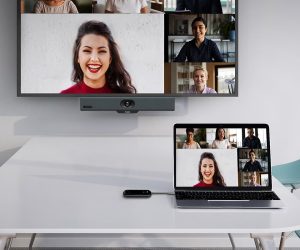





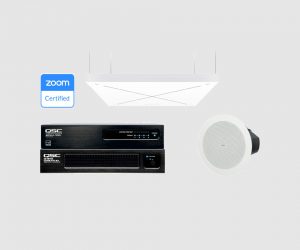

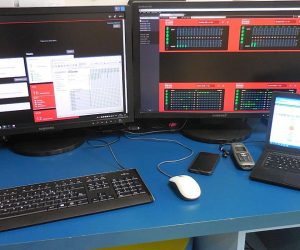



RESPONSES